Vollebak’s new clothing collection is dyed using ancient minerals and a prehistoric palette
Vollebak’s ‘Mineral’ collection gets its unique colour palette from a series of ancient minerals in a natural dyeing process that has negligible environmental impact
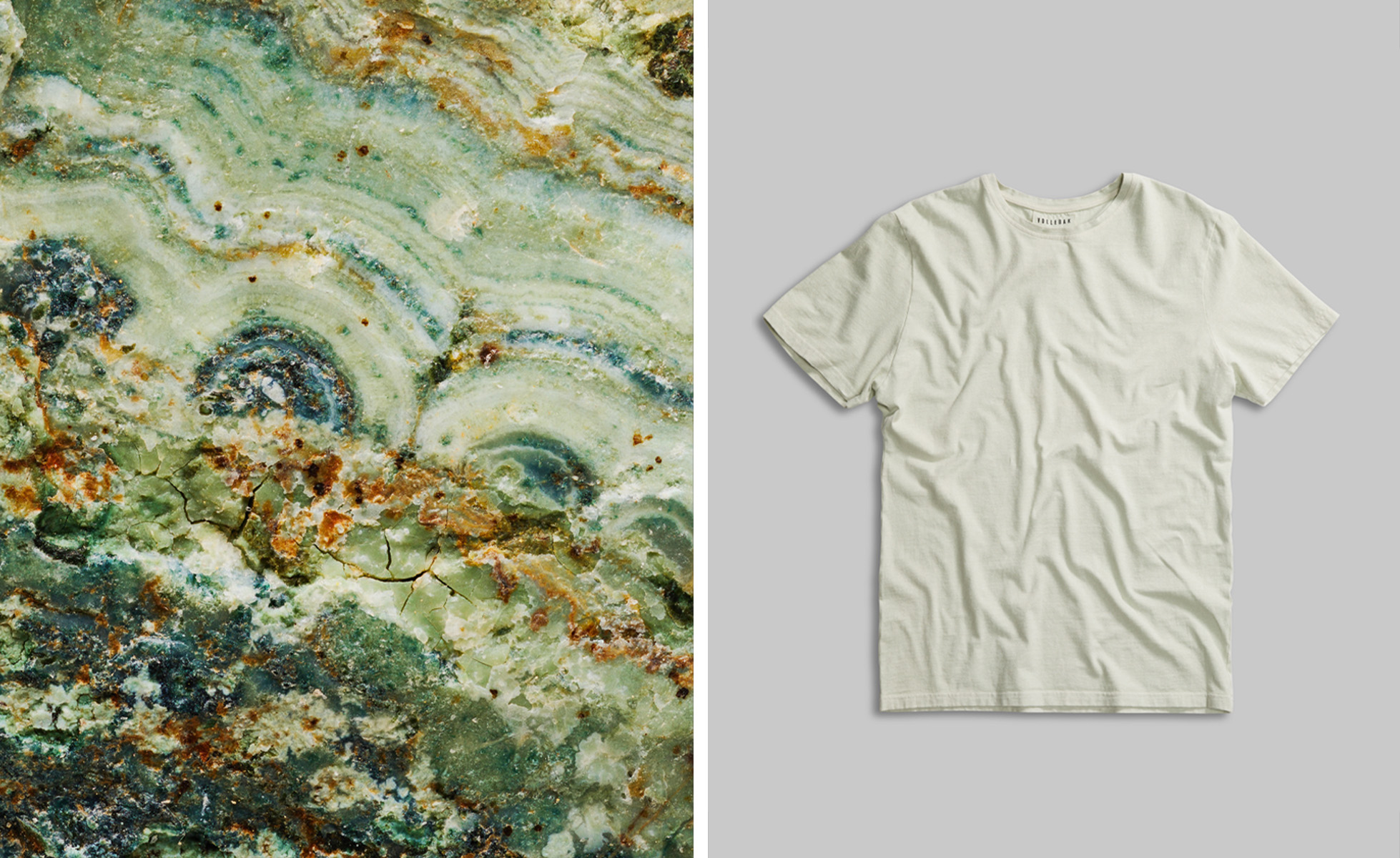
London-based label Vollebak is known for its feats of innovation, whether sportswear that is made to aid recovery by enhancing the wearer’s parasympathetic nervous system, a ‘Mars Hoodie’ with anti-gravity pockets (‘chill-out gear designed to help you feel at home, even if you’re 249 million miles away’), or the ‘100-year collection’, comprising near-indestructible pieces made to withstand a century of wear. As Vollebak’s tagline goes, these are ‘clothes from the future’.
A new project from Vollebak, though, sees Steve and Nick Tidball – the adventurous twin brothers who founded the label – mine the past for ancient materials to enhance the brand’s latest collection, which has been revealed this week. Titled ‘Minerals’, it comprises garments that get their unique colours from a series of natural mineral dyes that date back to the prehistoric era – namely, celadonite, hematite, ochre, and volcanic soil.
Prehistoric palette: Vollebak’s ‘Mineral’ collection
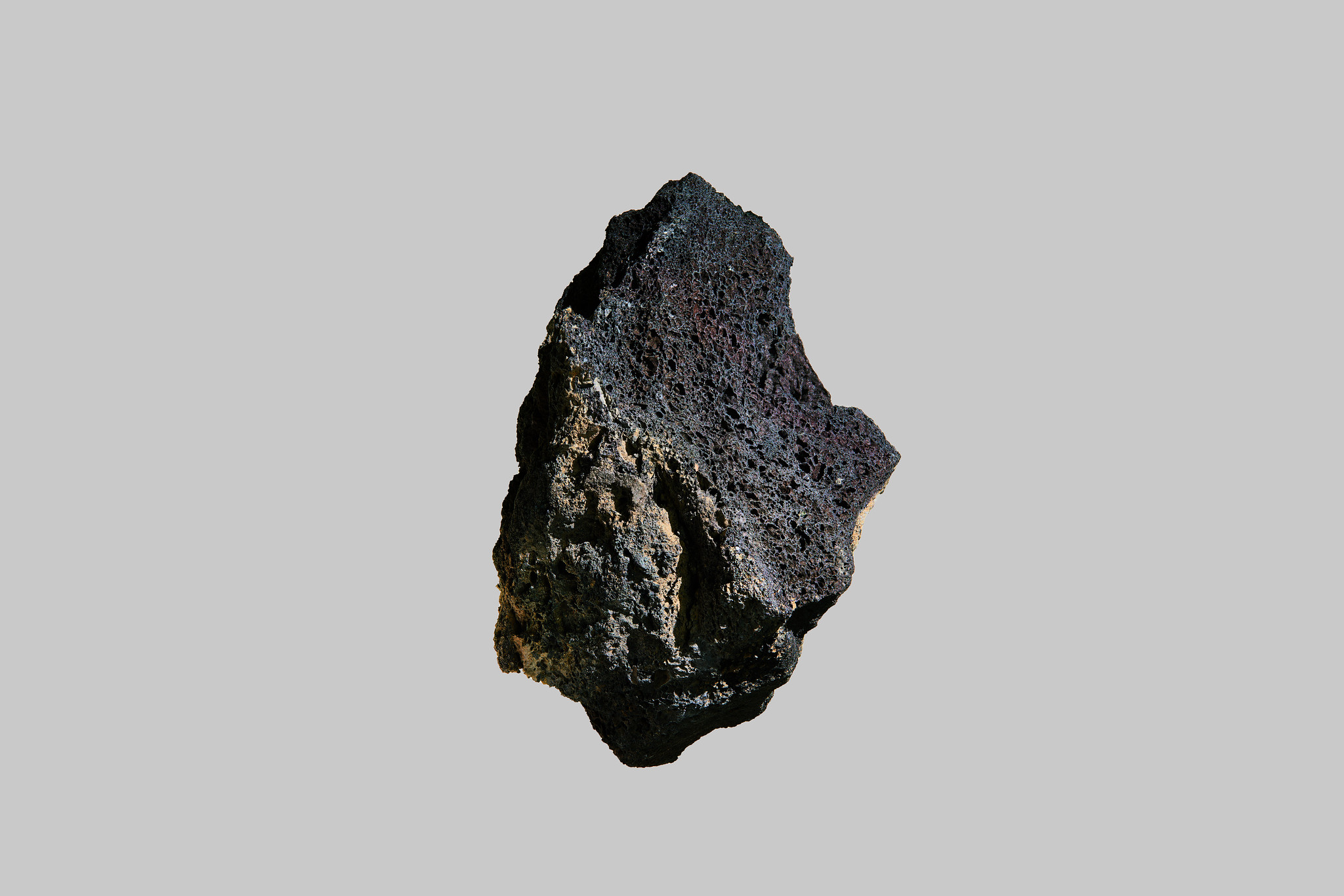
Volcanic soil, one of the natural mineral dyes
In comparison to some of Vollebak’s complex engineering-based projects, the ‘Mineral’ collection is defined by its relative ease – each garment is simply left to rest in a bath of each mineral, making the only byproducts natural sediment and water, ‘both of which can go straight back to nature’, as the brand puts it.
The various minerals each have a rich natural and cultural history – blood-red hematite is the main source of all iron on earth, celadonite is formed when lava and seawater meet, while ochre is the world’s oldest pigment. Several were used by prehistoric man to create cave drawings and paintings (in 2011 a 73,000-year-old abstract sketch in South Africa was discovered, drawn by an ochre crayon and considered the first drawing in human history).

A Vollebak sweater dyed using ochre
‘As Vollebak continues to look for new, low-impact ways to dye clothing, we’ve turned to the colouring tools of early man for the “Mineral” range – minerals, rocks, and soils. Minerals don’t just tell the story of life on Earth, they also tell the story of colour. And while we might think of prehistoric man in dark furs and even darker caves, their actual colour palette wouldn’t look out of place on the streets of LA or Stockholm,’ says Steve Tidball, CEO and co-founder.
Indeed, the softly rendered colours give each garment – spanning sweatshirts, sweatpants and T-shirts crafted from a cotton and hemp mix – a feeling of worn-in ease. While the clothes are made in Portugal, the minerals are sourced from the area of Italy between Venice and Verona – where the Apuan Alps (and its so-called ‘marble mountains’) sit next to the sedimentary carbonate rocks of the Dolomites.
Receive our daily digest of inspiration, escapism and design stories from around the world direct to your inbox.
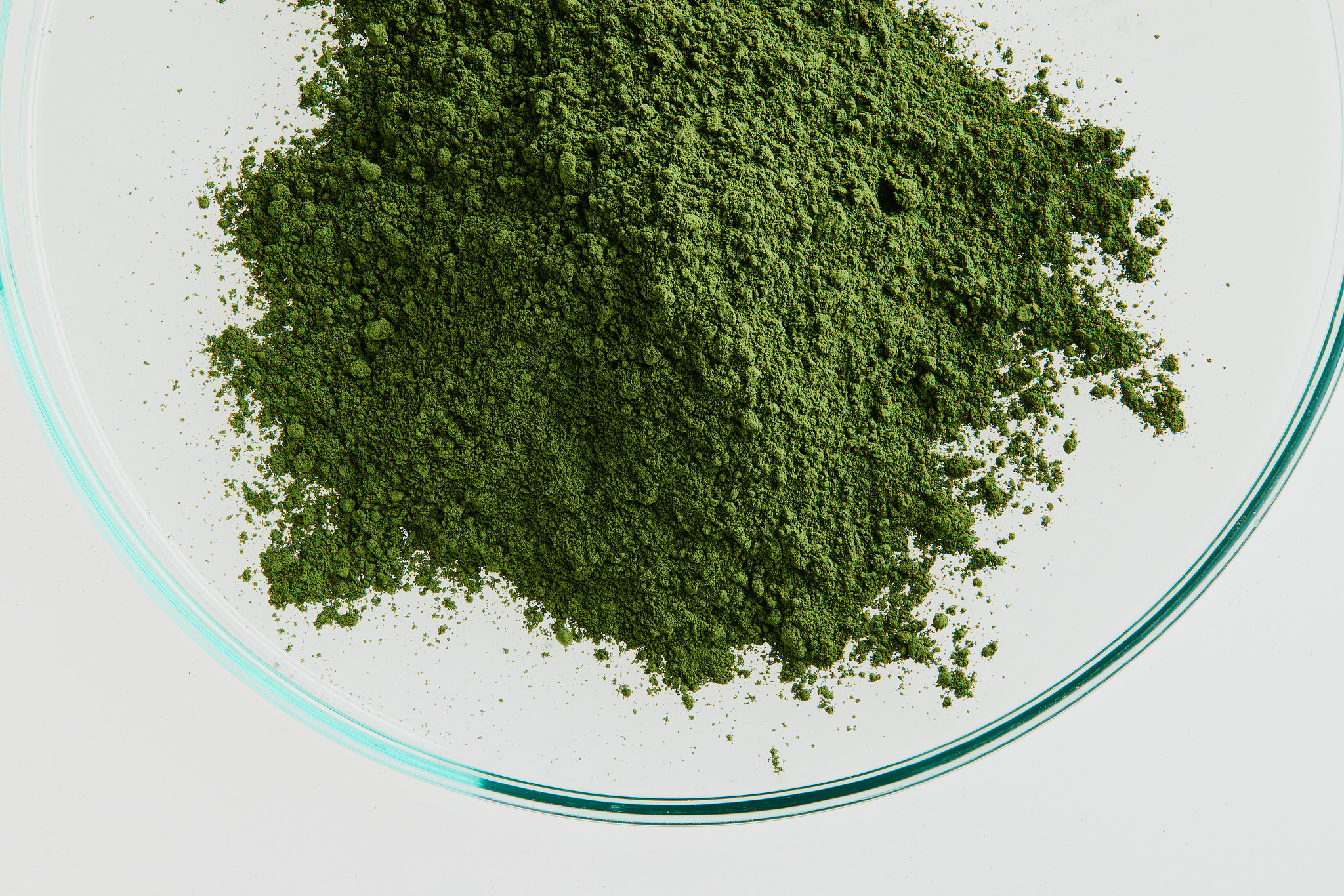
One of the pigment dyes
Jack Moss is the Fashion Features Editor at Wallpaper*, joining the team in 2022. Having previously been the digital features editor at AnOther and digital editor at 10 and 10 Men magazines, he has also contributed to titles including i-D, Dazed, 10 Magazine, Mr Porter’s The Journal and more, while also featuring in Dazed: 32 Years Confused: The Covers, published by Rizzoli. He is particularly interested in the moments when fashion intersects with other creative disciplines – notably art and design – as well as championing a new generation of international talent and reporting from international fashion weeks. Across his career, he has interviewed the fashion industry’s leading figures, including Rick Owens, Pieter Mulier, Jonathan Anderson, Grace Wales Bonner, Christian Lacroix, Kate Moss and Manolo Blahnik.
-
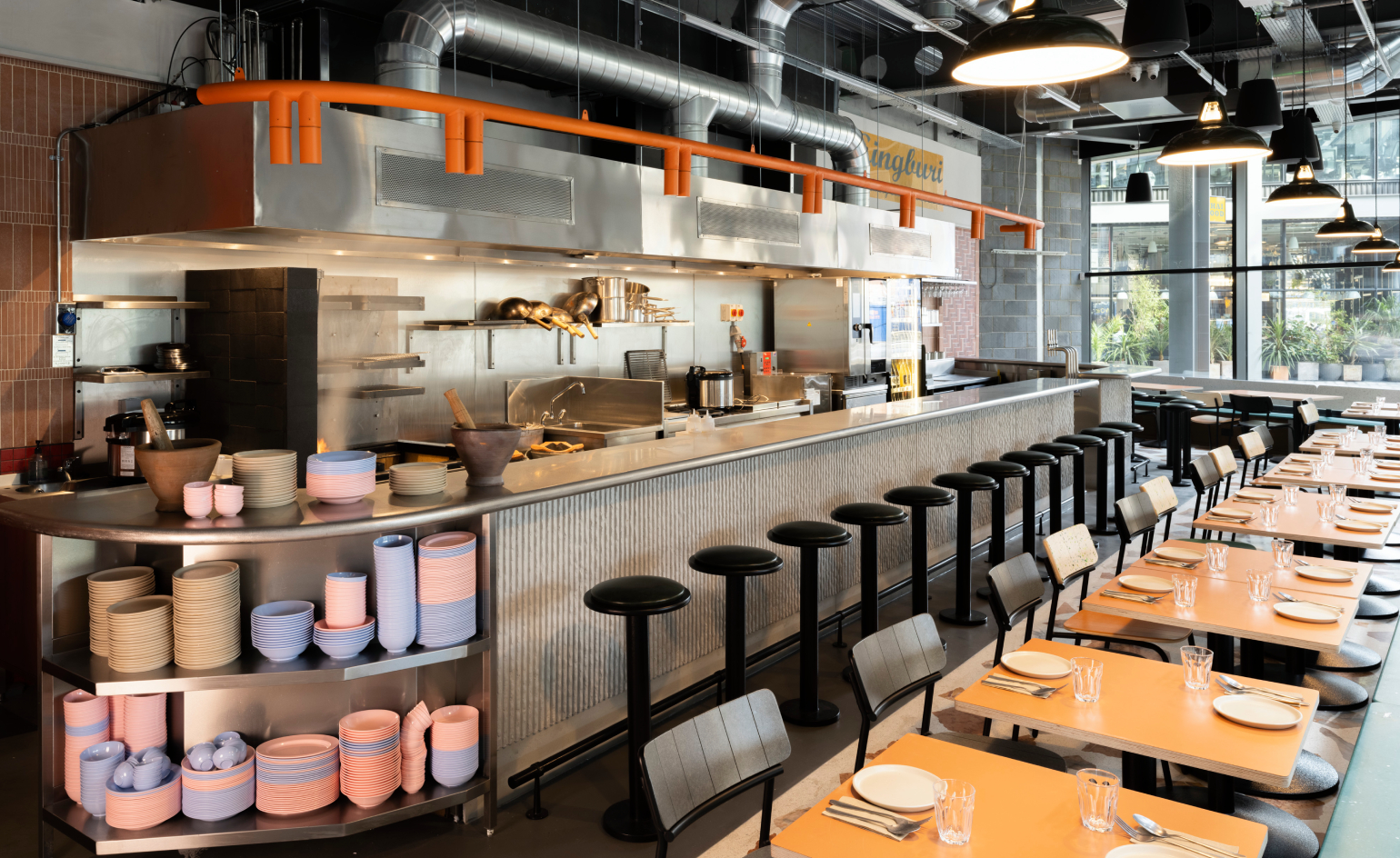 Industrial chic meets Thai heat at the new incarnation of a beloved London restaurant
Industrial chic meets Thai heat at the new incarnation of a beloved London restaurantSingburi 2.0 brings all the hot and sour thrills of the original haunt in cool Shoreditch surrounds
-
 Comfort, kit and enduring aesthetics make the Hyundai Santa Fe utilitarian and upmarket
Comfort, kit and enduring aesthetics make the Hyundai Santa Fe utilitarian and upmarketTough looks conceal premium features as Hyundai takes its plug-in hybrid SUV upmarket. Wallpaper* tries out the stylish new South Korean 7-seater
-
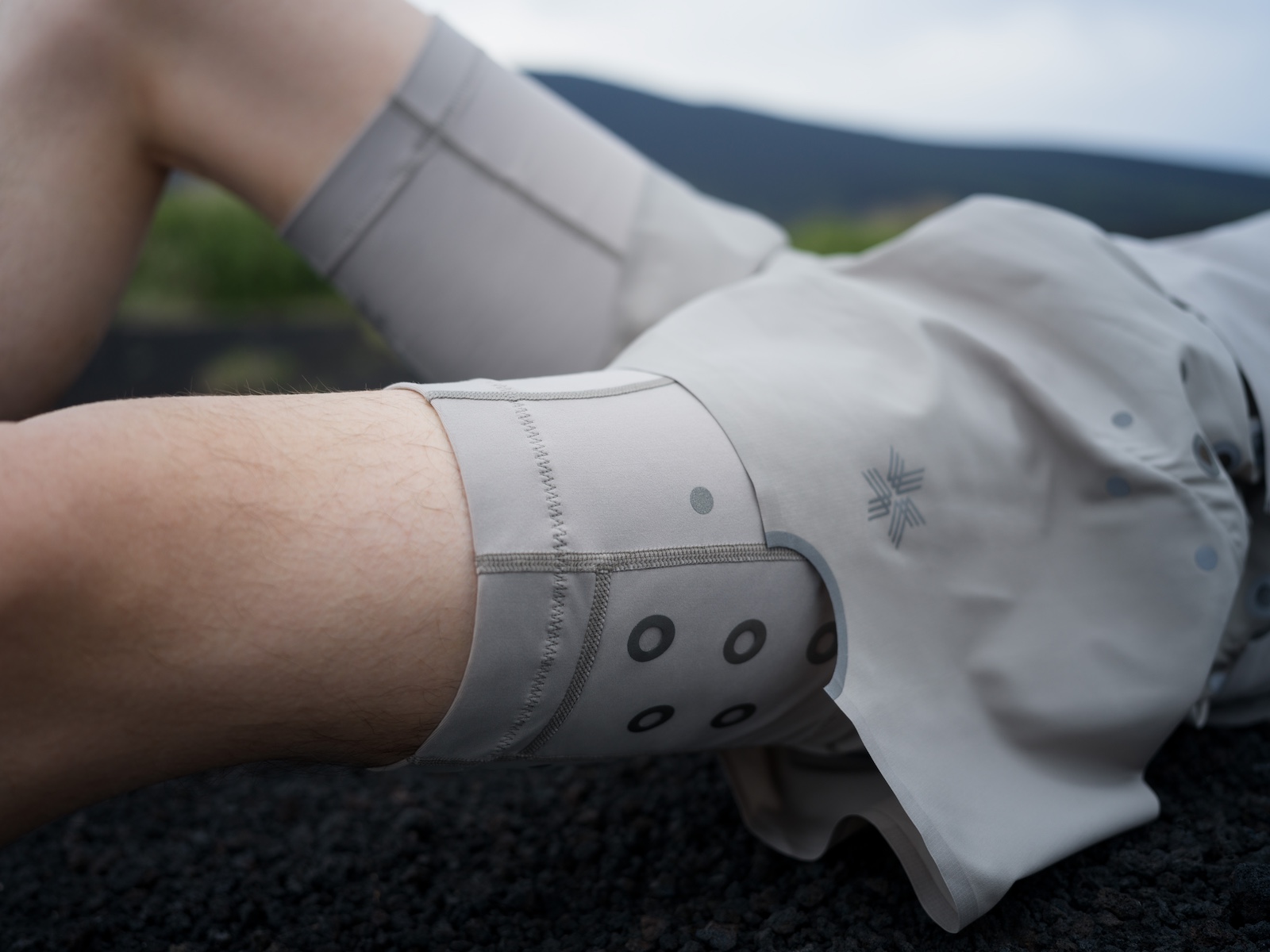 Goldwin 0’s first-ever performance wear is body-mapped to keep you cool
Goldwin 0’s first-ever performance wear is body-mapped to keep you coolThe ‘Performance Capsule’ from Goldwin 0 – an experimental offshoot of Japanese technical wear label Goldwin – draws inspiration from trail running for its meticulously tested sportswear, which uses experimental ventilation techniques to help you work out in the heat